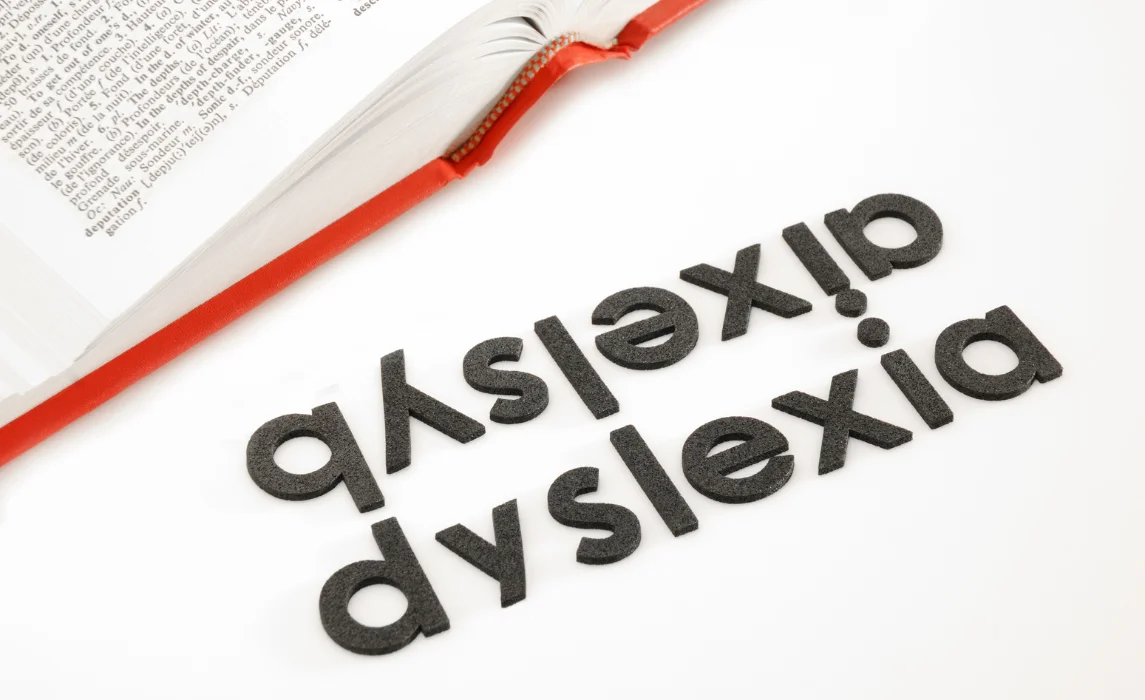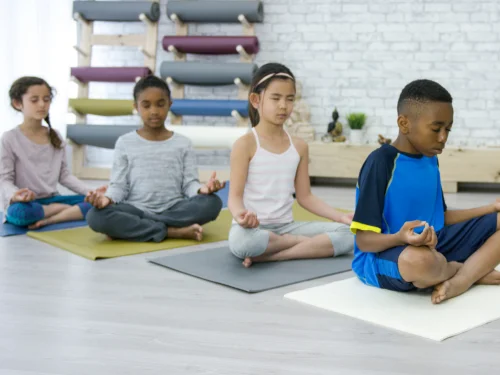26 Signs of Dyslexia in Kids: What Parents Should Know

Yes—finger plays, clapping games, and dance routines that use hand gestures all help. Combine rhythm and repetition for deeper learning.
Send home simple activity ideas, kits, or worksheets. Offer short instructions and encourage family involvement. Regular practice builds lasting progress.
Try origami, sticker scenes, stringing pasta, or painting with Q-tips. Crafts that use small pieces build precision and control.
Key Takeaways
- Dyslexia affects language processing, not intelligence.
- Signs appear as early as preschool, with challenges in rhyming, letters, and memory.
- Primary school kids may struggle with reading, writing, and sequencing.
- Teens often read slowly, guess words, and have persistent spelling difficulties.
- Support should begin early—even before a formal diagnosis.
Is My Child Dyslexic?
.webp)
Dyslexia is more than a reading problem—it’s a difference in how the brain processes language. Children with dyslexia often have strong abilities in creativity, reasoning, or problem-solving, but face persistent challenges in reading, spelling, and sometimes writing.
It’s important to remember that dyslexia looks different for every child. Some may show clear struggles with letters early on, while others cope well until school demands increase. Recognizing the signs early is key to providing support.
Signs of Dyslexia in Early Years
Preschool children may show subtle clues before formal reading begins. Early signs can include:
- Difficulty learning nursery rhymes or recognizing rhyming words
- Trouble remembering the alphabet or recognizing letters in their own name
- Mispronouncing familiar words or relying on “baby talk” longer than peers
- Struggling to follow multi-step directions
- Using vague words like “thing” instead of naming objects
- A family history of dyslexia or reading difficulties
Children at this stage may also have strong imaginations, problem-solving skills, and curiosity—strengths that can sometimes mask underlying struggles.
Signs of Dyslexia in Primary School Age
.webp)
Once reading and writing become everyday tasks, signs of dyslexia often become more noticeable. Common indicators include:
Reading difficulties
- Slow progress in learning to read
- Frequent confusion of letters (b/d, p/q, n/u)
- Trouble blending sounds into words
- Skipping or substituting small words when reading aloud
- Hesitant, monotone reading with poor comprehension
Writing and spelling challenges
- Messy handwriting with letter reversals
- Spelling the same word in multiple ways within one page
- Phonetic or unusual spelling that doesn’t match age level
- Struggles to keep work aligned or close to the margin
Other learning difficulties
- Trouble memorizing sequences (days of the week, alphabet, times tables)
- Confusion with math symbols and place value
- Difficulty telling time or understanding time concepts (yesterday, tomorrow)
- Weak pencil grip or fine motor control
Behavioral and emotional signs
- Avoiding reading tasks or using delay tactics
- Daydreaming, becoming easily distracted, or acting like the “class clown”
- Feeling unusually tired after school due to extra effort spent on tasks
You May Also Like: 5 Major Benefits of Hand-Eye Coordination: Why This Skill Matters More Than You Think
Signs of Dyslexia in Secondary School Age
.webp)
Older children and teenagers may have developed coping strategies, but signs often remain. These can include:
- Reading that is slow, effortful, or avoided whenever possible
- Struggling to decode unfamiliar words and guessing instead
- Difficulty recalling dates, names, or lists
- Poor spelling that persists despite practice
- Low confidence or feelings of being “less smart” than peers
- Trouble learning foreign languages
- Stronger verbal comprehension when listening versus reading independently
At this stage, emotional effects can become more pronounced, with frustration, embarrassment, or withdrawal from schoolwork.
You May Also Like: Can Astigmatism Be Cured? Discover If There Are Cures for Astigmatism and Things You Should Know About The Condition
Getting a Diagnosis
.webp)
If you notice a cluster of these signs, it’s worth seeking guidance. Start by:
- Talking to your child’s teacher about your concerns
- Asking to meet with the school’s Special Educational Needs Coordinator (SENCo)
- Requesting classroom support strategies tailored to your child’s needs
A formal diagnosis of dyslexia requires a Diagnostic Assessment by a specialist. However, support should begin as soon as difficulties are identified—children do not need a confirmed diagnosis to receive help at school.
Early identification and intervention make a huge difference. With the right support, children with dyslexia can thrive academically and emotionally, using their unique strengths to succeed.
You May Also Like: Why Is My Eye Twitching? Common Eye Twitching Causes and How to Stop Eyelid Twitching




